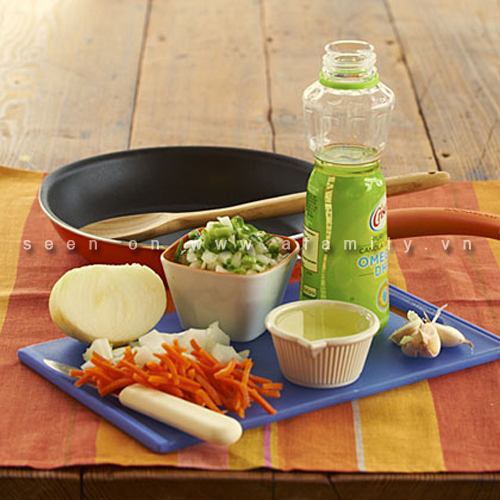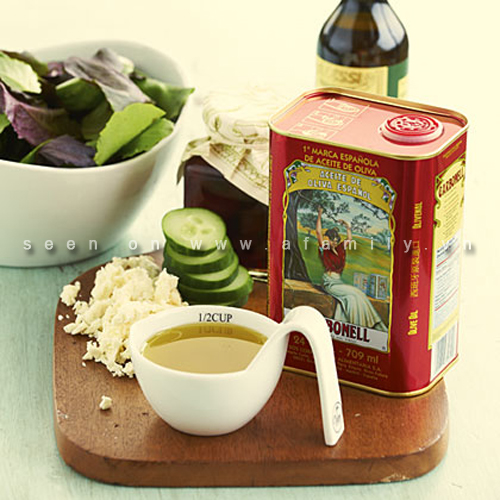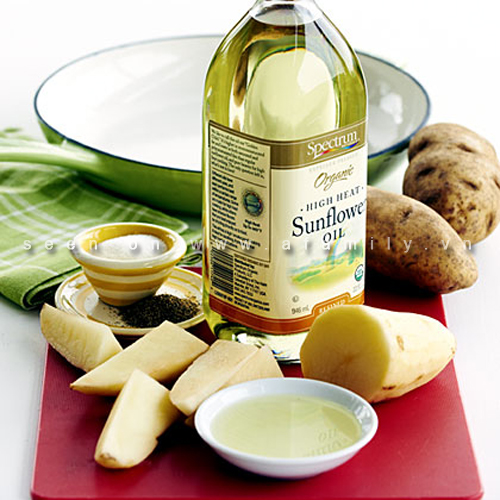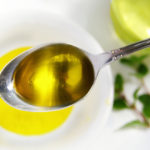Cooking oil is a valuable addition to both dishes and our health when used appropriately. Each type of oil has its own unique benefits and applications. Understanding how to use them correctly will allow us to maximize their advantages effectively.

Peanut oil:

Peanut oil is a versatile oil, but it is best used for frying due to its high smoke point of 220ºC. It has a pleasant taste that works well with both savory and sweet dishes.
Sesame oil:

Roasted sesame oil has a delightful aroma and can withstand high heat, but excessive heating can cause it to degrade. It is best used for finishing dishes or as a seasoning. Sesame oil is ideal for braised, marinated, and seafood dishes. There are two types available: black and white. White sesame oil has an attractive flavor and color, making it suitable for mixing and sauces. Black sesame oil has a slightly stronger aroma, which enhances the flavor of dishes, especially in Asian cuisine.
Coconut oil:

Coconut oil is extracted from dried coconut meat and can be used for various purposes, but it is best suited for high-temperature cooking. It solidifies at room temperature but liquefies when gently heated. You can experiment with coconut oil by using it in place of other oils for grilling or to add complexity to main dishes. Additionally, coconut oil is a fantastic moisturizer for the skin and hair.
Vegetable oil:

Vegetable oil is a blend of corn oil, rapeseed oil, mustard seed oil, and other types of oil. It is widely used in everyday cooking by home cooks. With its high heat tolerance, vegetable oil is excellent for frying. It is also perfect for baking dishes, as it helps maintain the fluffiness and moistness of sweet desserts.
Corn oil:

Corn oil has a mild flavor and is suitable for stir-frying (up to a maximum temperature of 180ºC), pan-frying, seasoning, and drizzling over grilled dishes. Its light flavor also makes it an excellent choice for baking cakes.
Canola oil:

Canola oil is a suitable option when you want to cook with an unsaturated oil but prefer a milder flavor than olive oil. It has a slight bland taste and can withstand high heat, making it great for sauces, frying, baking cakes, and mixing salads.
Olive oil:

The health benefits of olive oil are well recognized. Pressed from olives, it has high nutritional quality and a distinctive taste. Olive oil is suitable for salads, pasta dishes, and more. However, it loses flavor when exposed to high temperatures, so it is best stored in the refrigerator and used within 6 months after opening.
Sunflower oil:

Sunflower oil is a good source of both polyunsaturated and monounsaturated fatty acids and is commonly used for cooking or stir-frying. However, its low tolerance for high temperatures means it should only be used in quick-cooking recipes to preserve the flavor and nutritional value of the dish.
|
Would you like to showcase your cooking skills and capture beautiful photos? Click on GIA ĐÌNH KHEN NGON to see the competition rules and get excited about the prizes! |
You may also like
Tips on Selecting Healthy Cooking Oil and Safe Ways to Cook with It
 Healthy Cooking Oil and Safe Ways to Cook with It’>
Healthy Cooking Oil and Safe Ways to Cook with It’>A Taiwanese company has made a significant impact on the food industry through the recycling of over 700 tons of dirty oil, which has been exported to over 12 countries, including Vietnam. This has raised a few eyebrows among housewives, as cooking oil is an essential condiment in daily cooking. To ensure the safety and quality of their cooking oil, consumers should take note of the following advice.





































